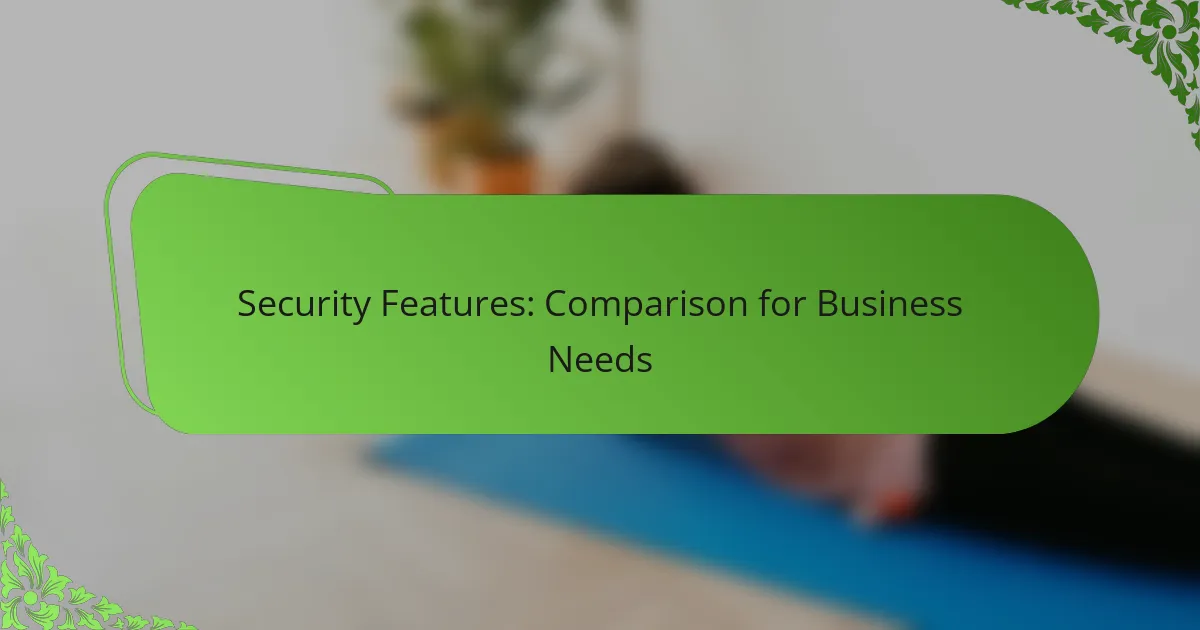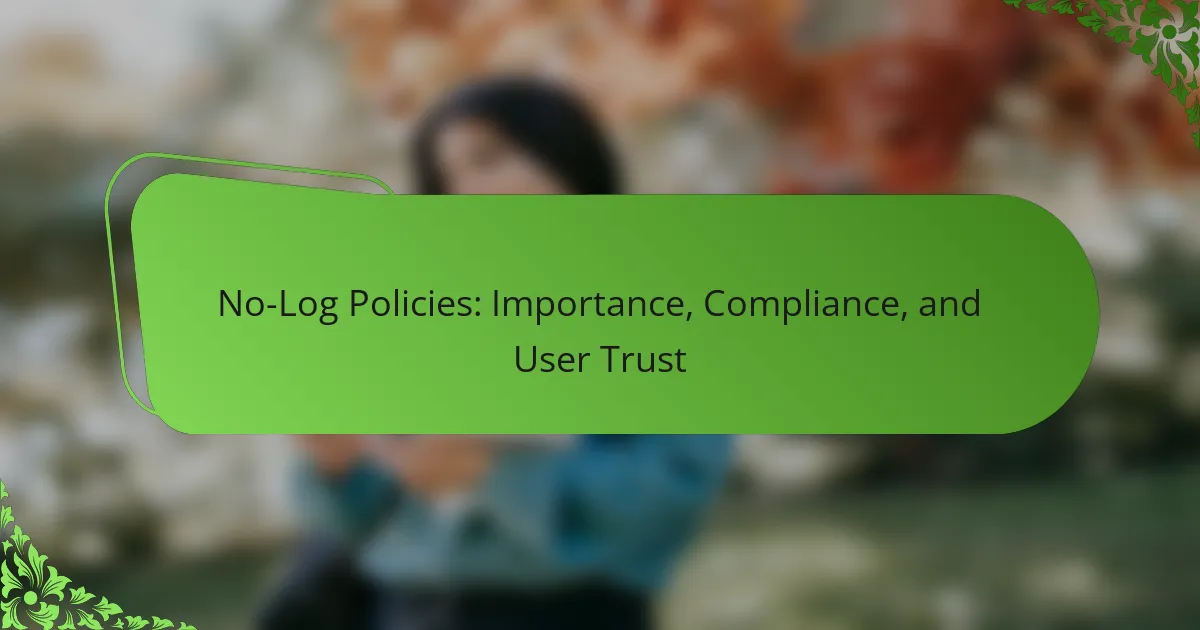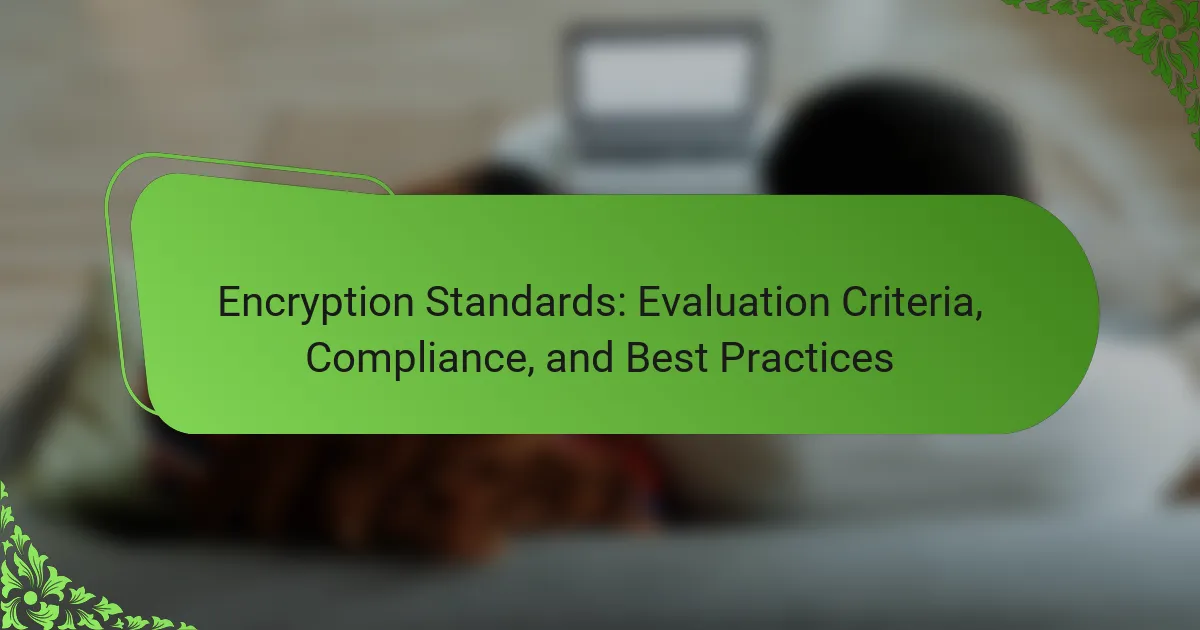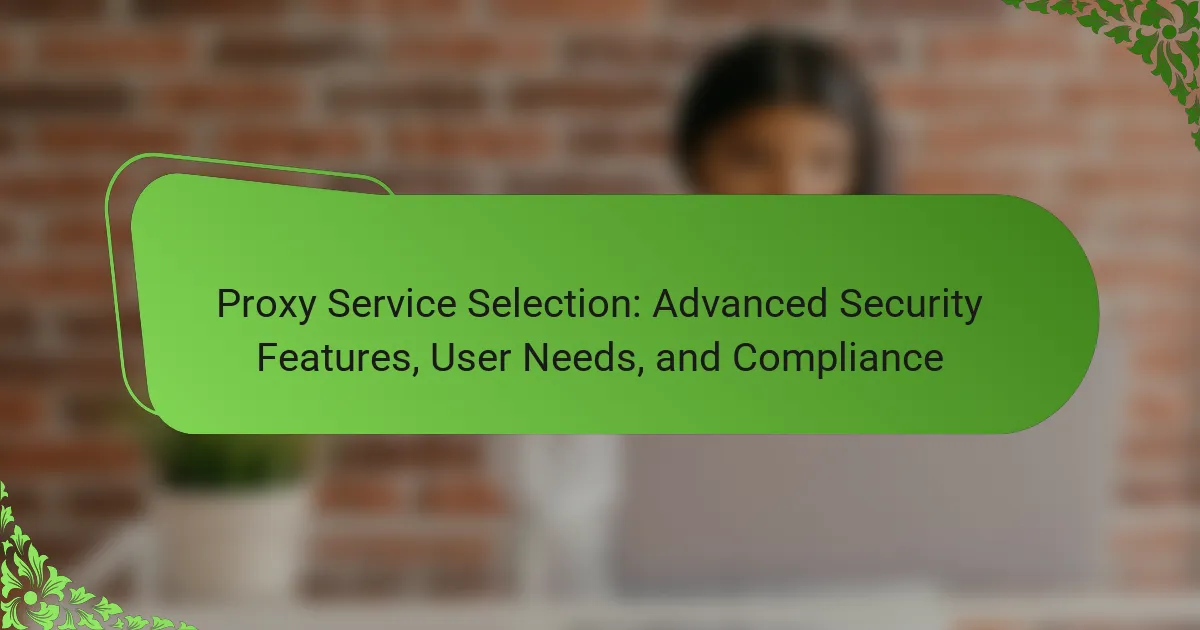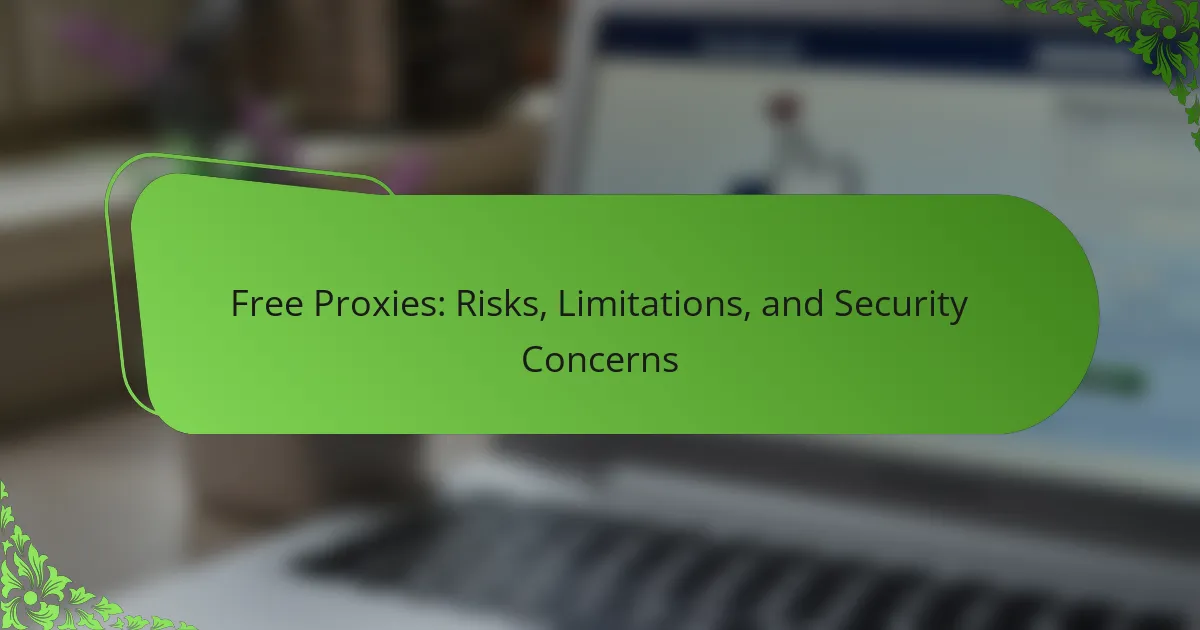In today’s digital landscape, businesses must prioritize robust security features to safeguard sensitive information and comply with industry regulations. Key elements such as data encryption, multi-factor authentication, and intrusion detection systems play a vital role in protecting against cyber threats. However, the effectiveness, complexity, and cost of these features can vary significantly, making it essential for organizations to carefully assess their specific needs and budget when selecting security measures.

What security features are essential for businesses?
Essential security features for businesses include data encryption, multi-factor authentication, intrusion detection systems, regular security audits, and access control measures. These features help protect sensitive information and ensure compliance with industry regulations.
Data encryption
Data encryption transforms sensitive information into a coded format that can only be accessed with a decryption key. This process is crucial for protecting data both at rest and in transit, ensuring that unauthorized users cannot read it. Businesses should consider using encryption standards such as AES-256 for robust security.
When implementing encryption, assess the types of data that require protection and prioritize them accordingly. Regularly update encryption protocols to keep up with advancements in technology and potential vulnerabilities.
Multi-factor authentication
Multi-factor authentication (MFA) adds an extra layer of security by requiring users to provide two or more verification factors to gain access to systems or data. This could include a password combined with a fingerprint scan or a one-time code sent to a mobile device. MFA significantly reduces the risk of unauthorized access.
To implement MFA effectively, choose methods that are user-friendly and widely supported. Educate employees on the importance of MFA and ensure they understand how to use it to protect their accounts.
Intrusion detection systems
Intrusion detection systems (IDS) monitor network traffic for suspicious activity and potential threats. They can be classified as network-based or host-based, each serving different purposes in identifying unauthorized access attempts. An effective IDS helps businesses respond quickly to potential breaches.
When selecting an IDS, consider factors such as scalability, ease of integration with existing systems, and the ability to provide real-time alerts. Regularly review and update the IDS configurations to adapt to evolving threats.
Regular security audits
Regular security audits assess the effectiveness of a business’s security measures and identify vulnerabilities. These audits should be conducted at least annually and can include both internal reviews and external assessments by third-party experts. They help ensure compliance with regulations and improve overall security posture.
During audits, focus on critical areas such as data protection, access controls, and incident response plans. Document findings and implement recommended changes promptly to enhance security measures.
Access control measures
Access control measures restrict who can view or use resources within a business. This includes implementing role-based access control (RBAC), where permissions are assigned based on user roles, ensuring that employees only have access to the information necessary for their job functions. This minimizes the risk of data breaches.
To establish effective access control, regularly review user permissions and adjust them as roles change. Consider using automated tools to manage access rights and ensure compliance with internal policies and regulations.

How do different security features compare?
Different security features vary significantly in their effectiveness, implementation complexity, and cost. Understanding these differences is crucial for businesses to select the right security measures that align with their specific needs and budget.
Feature comparison matrix
A feature comparison matrix allows businesses to evaluate various security solutions side by side. Key features to compare include encryption methods, authentication protocols, and incident response capabilities. For instance, while multi-factor authentication (MFA) enhances security, its implementation may require additional user training and system integration.
| Feature | Importance | Complexity |
|---|---|---|
| Encryption | High | Medium |
| MFA | High | High |
| Incident Response | Medium | High |
Cost-effectiveness analysis
Cost-effectiveness is a critical factor when assessing security features. Businesses should consider not only the initial investment but also ongoing maintenance and potential costs associated with data breaches. For example, while advanced firewalls may have a higher upfront cost, they can save money in the long run by preventing costly security incidents.
To evaluate cost-effectiveness, calculate the total cost of ownership (TCO) for each security feature over its expected lifespan. This includes purchase price, installation fees, and operational costs. Aim for solutions that offer a balance between robust security and reasonable expenses.
Scalability considerations
Scalability is essential for businesses anticipating growth or changes in their security needs. Security features should be adaptable to accommodate increased data volumes or user numbers without compromising performance. For instance, cloud-based security solutions often provide better scalability compared to on-premises systems.
When selecting security features, assess how easily they can scale. Look for solutions that offer flexible licensing models or tiered services. Avoid solutions that require significant reconfiguration or investment as your business expands, as this can lead to increased downtime and costs.
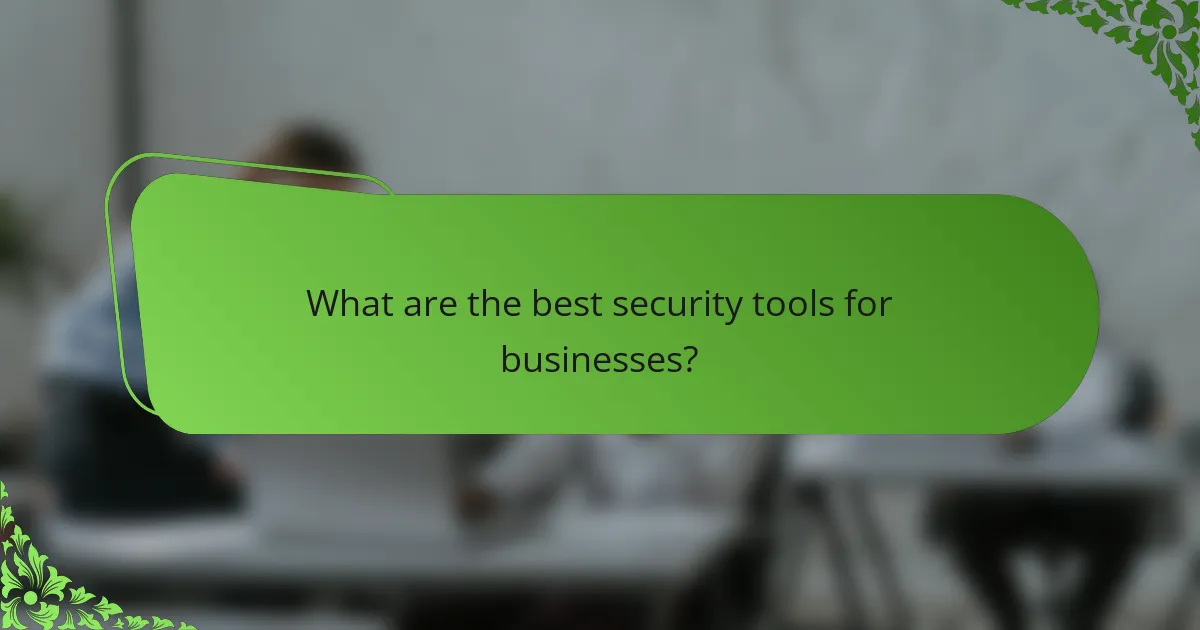
What are the best security tools for businesses?
The best security tools for businesses include comprehensive solutions that protect against various cyber threats while ensuring compliance with regulations. Key options to consider are McAfee Total Protection, Cisco Umbrella, Microsoft Defender for Endpoint, and Symantec Endpoint Protection, each offering unique features tailored to different business needs.
McAfee Total Protection
McAfee Total Protection provides a robust suite of security features, including antivirus, anti-malware, and web protection. It is designed to safeguard endpoints and networks from a wide range of threats, making it suitable for businesses of all sizes.
One of its key advantages is the centralized management console, which allows IT teams to monitor security status and manage threats efficiently. Additionally, McAfee offers features like data encryption and identity theft protection, which can be crucial for businesses handling sensitive information.
Cisco Umbrella
Cisco Umbrella is a cloud-based security solution that focuses on protecting users from online threats by blocking malicious websites and content. It operates at the DNS level, providing an additional layer of security before users even reach potentially harmful sites.
This tool is particularly effective for remote workforces, as it ensures that employees are protected regardless of their location. Cisco Umbrella also integrates seamlessly with other Cisco security products, enhancing overall security posture.
Microsoft Defender for Endpoint
Microsoft Defender for Endpoint offers advanced threat protection and endpoint detection and response capabilities. It leverages machine learning and behavioral analytics to identify and respond to threats in real-time, making it a strong choice for organizations using Microsoft 365.
Businesses can benefit from its automated investigation and remediation features, which help reduce the workload on IT teams. Additionally, it provides comprehensive reporting tools to track security incidents and compliance status.
Symantec Endpoint Protection
Symantec Endpoint Protection is known for its strong malware protection and advanced threat detection capabilities. It combines signature-based detection with behavioral analysis to protect against both known and emerging threats.
This solution is suitable for larger enterprises that require extensive customization and scalability. Symantec also offers features like device control and application control, allowing businesses to enforce security policies effectively across their networks.
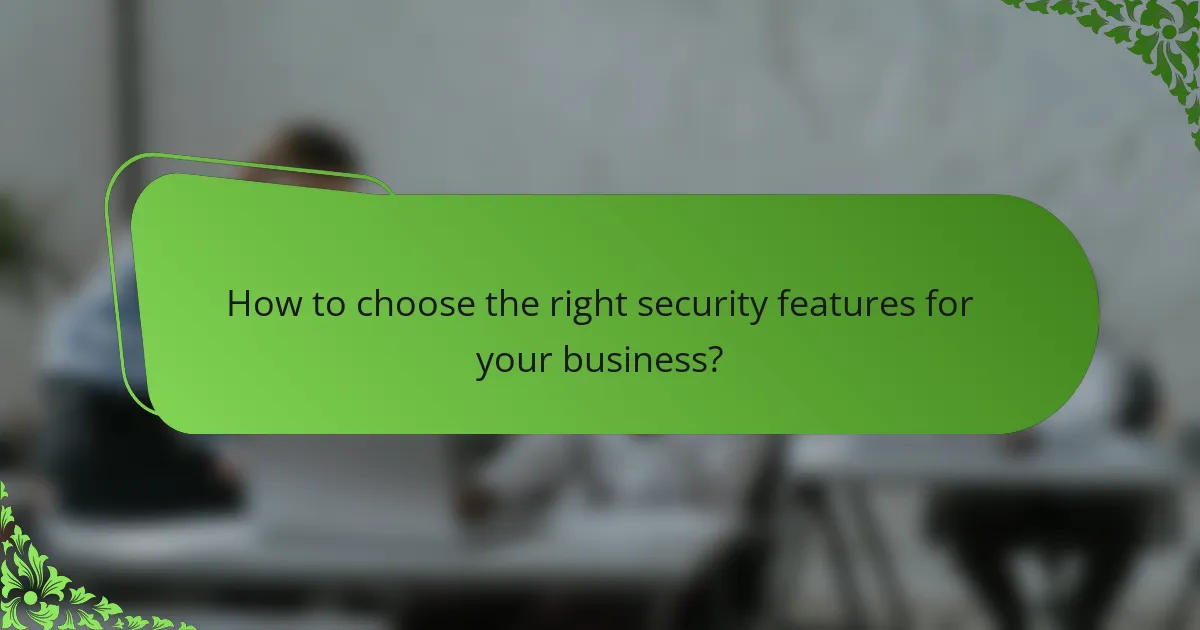
How to choose the right security features for your business?
Selecting the right security features for your business involves understanding your specific needs, compliance requirements, and user access levels. A tailored approach ensures that your security measures effectively protect your assets while remaining user-friendly.
Assessing business size and needs
Your business size significantly influences the security features you should implement. Smaller businesses may prioritize cost-effective solutions, while larger organizations might require more robust systems to manage complex operations.
Consider the number of employees, the volume of sensitive data, and the nature of your operations. For example, a company with a few employees might only need basic antivirus software, whereas a larger firm may require advanced firewalls and intrusion detection systems.
Evaluating compliance requirements
Compliance with industry regulations is crucial when choosing security features. Depending on your sector, you may need to adhere to standards such as GDPR, HIPAA, or PCI-DSS, which dictate specific security measures.
Assess your legal obligations to avoid potential fines and reputational damage. For instance, businesses handling payment information must implement encryption and secure payment gateways to comply with PCI-DSS standards.
Understanding user access levels
Defining user access levels is essential for maintaining security. Different roles within your organization may require varying degrees of access to sensitive information, and implementing role-based access control can help manage this effectively.
Establish clear guidelines on who can access what data. For example, only finance team members should have access to payroll information, while marketing staff may need access to customer data for campaigns. Regularly review and update access permissions to ensure they align with current roles and responsibilities.
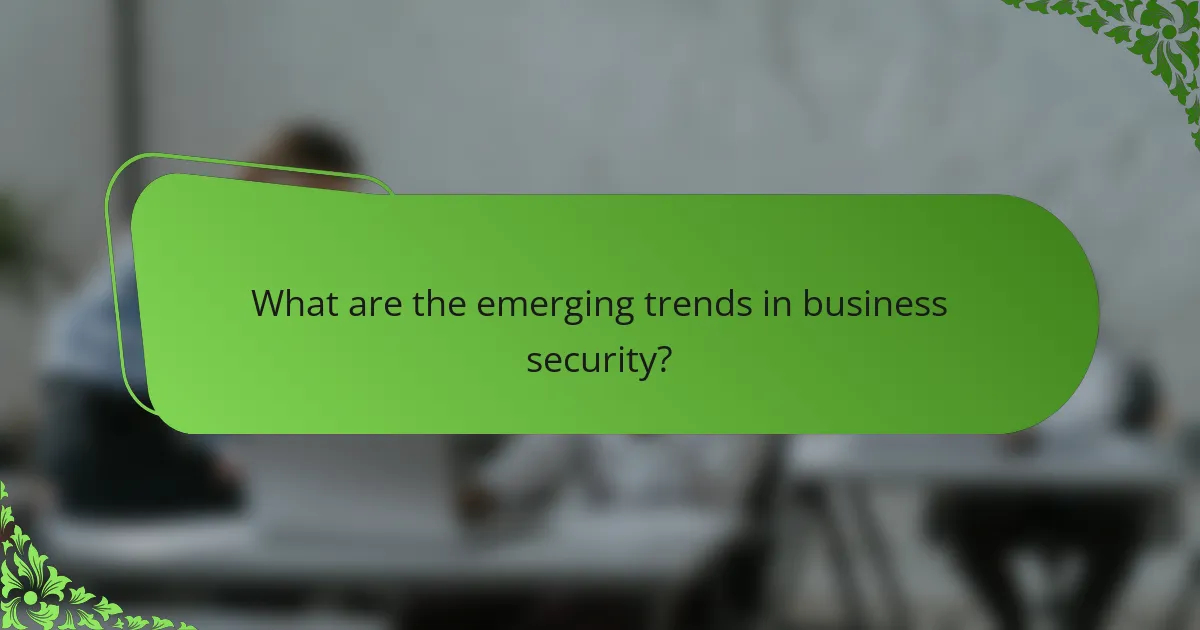
What are the emerging trends in business security?
Emerging trends in business security focus on advanced technologies and adaptive strategies to combat evolving threats. Companies are increasingly adopting innovative solutions, such as AI-driven tools, to enhance their security posture and respond to risks more effectively.
AI-driven security solutions
AI-driven security solutions leverage machine learning and data analytics to identify and mitigate threats in real-time. These systems analyze vast amounts of data to detect anomalies, predict potential breaches, and automate responses, significantly reducing the time to react to incidents.
When considering AI-driven solutions, businesses should evaluate their specific needs, such as the types of data they handle and the potential threats they face. For instance, a financial institution may prioritize fraud detection, while a healthcare provider might focus on protecting patient data.
Common pitfalls include over-reliance on AI without human oversight and failing to continuously update models with new threat data. To maximize effectiveness, organizations should integrate AI solutions with existing security frameworks and ensure regular training for staff on interpreting AI-generated insights.






